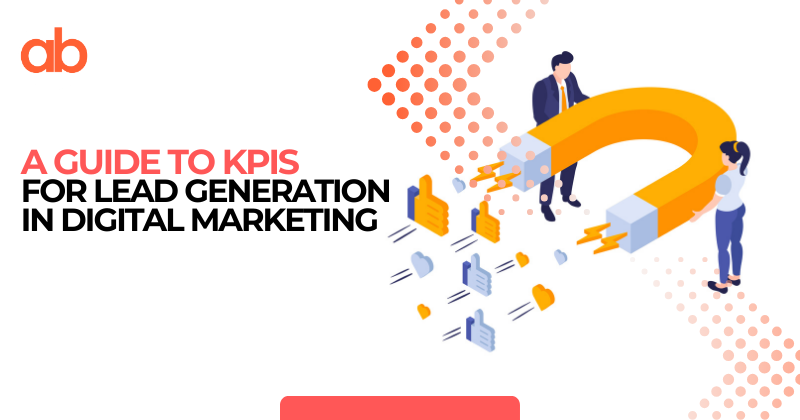In the ever-evolving landscape of digital marketing, the quest for leads reigns supreme. However, navigating the vast sea of data to gauge the effectiveness of lead generation efforts can be daunting. Fear not! In this comprehensive guide, we’ll delve into the world of Key Performance Indicators (KPIs) for lead generation, unraveling their significance, measurement, best practices, and addressing common questions. Let’s embark on a journey to unlock the secrets of lead generation success!
Understanding KPIs for Lead Generation:
What are KPIs for Lead Generation? KPIs for lead generation are quantifiable metrics used to evaluate the performance and effectiveness of marketing strategies aimed at generating leads. These metrics provide insights into various stages of the lead generation funnel, from initial engagement to conversion, enabling marketers to assess their success and make data-driven decisions.
What Do They Measure? KPIs for lead generation measure different aspects of the lead acquisition process, including:
- Lead Quantity: The total number of leads generated within a specific timeframe.
- Lead Quality: The relevance and likelihood of leads to convert into customers.
- Conversion Rate: The percentage of leads that successfully convert into customers.
- Cost Per Lead (CPL): The average cost incurred to acquire each lead.
- Return on Investment (ROI): The effectiveness of lead generation efforts relative to the investment made.
Best Practices for KPIs in Lead Generation:
- Align KPIs with Business Goals:
- Define clear objectives for lead generation aligned with overarching business objectives.
- Select Relevant KPIs:
- Choose KPIs that accurately reflect the success of lead generation efforts and are measurable.
- Set SMART Goals:
- Ensure KPIs are Specific, Measurable, Achievable, Relevant, and Time-bound.
- Track and Analyze Consistently:
- Regularly monitor KPIs and analyze trends to identify areas for improvement.
- Optimize Campaigns Based on Insights:
- Use KPI data to optimize marketing campaigns, targeting, and messaging for better results.
Recommendations for Maximizing Lead Generation KPIs:
- Implement Multi-Touch Attribution:
- Use multi-touch attribution models to understand the contribution of each touchpoint in the lead generation journey.
- Utilize Marketing Automation:
- Leverage marketing automation tools to streamline lead nurturing, segmentation, and scoring processes.
- Personalize Content and Offers:
- Tailor content and offers to specific buyer personas and stages of the customer journey to enhance relevance and engagement.
- A/B Test Campaigns:
- Conduct A/B testing on landing pages, emails, and ads to identify high-performing variations and optimize conversion rates.
FAQs About Lead Generation KPIs:
Q: How do I determine which KPIs are most relevant to my business? A: Start by identifying your business objectives and mapping out the lead generation funnel. Choose KPIs that align with each stage of the funnel and directly impact your business goals.
Q: What is a good conversion rate for lead generation? A: Conversion rates can vary depending on industry, target audience, and campaign type. A good conversion rate is typically considered to be above the industry average and should be benchmarked against your own historical performance.
Q: How often should I review lead generation KPIs? A: It’s advisable to review lead generation KPIs regularly, such as weekly or monthly, to track performance trends and make timely adjustments to your marketing strategies.
In Conclusion:
KPIs for lead generation serve as compasses guiding marketers through the vast ocean of digital marketing, steering them toward success. By understanding, measuring, and optimizing these KPIs, businesses can unlock the full potential of their lead generation efforts and drive sustainable growth in the digital age. Start tracking your lead generation KPIs today and embark on a journey toward digital marketing mastery!



